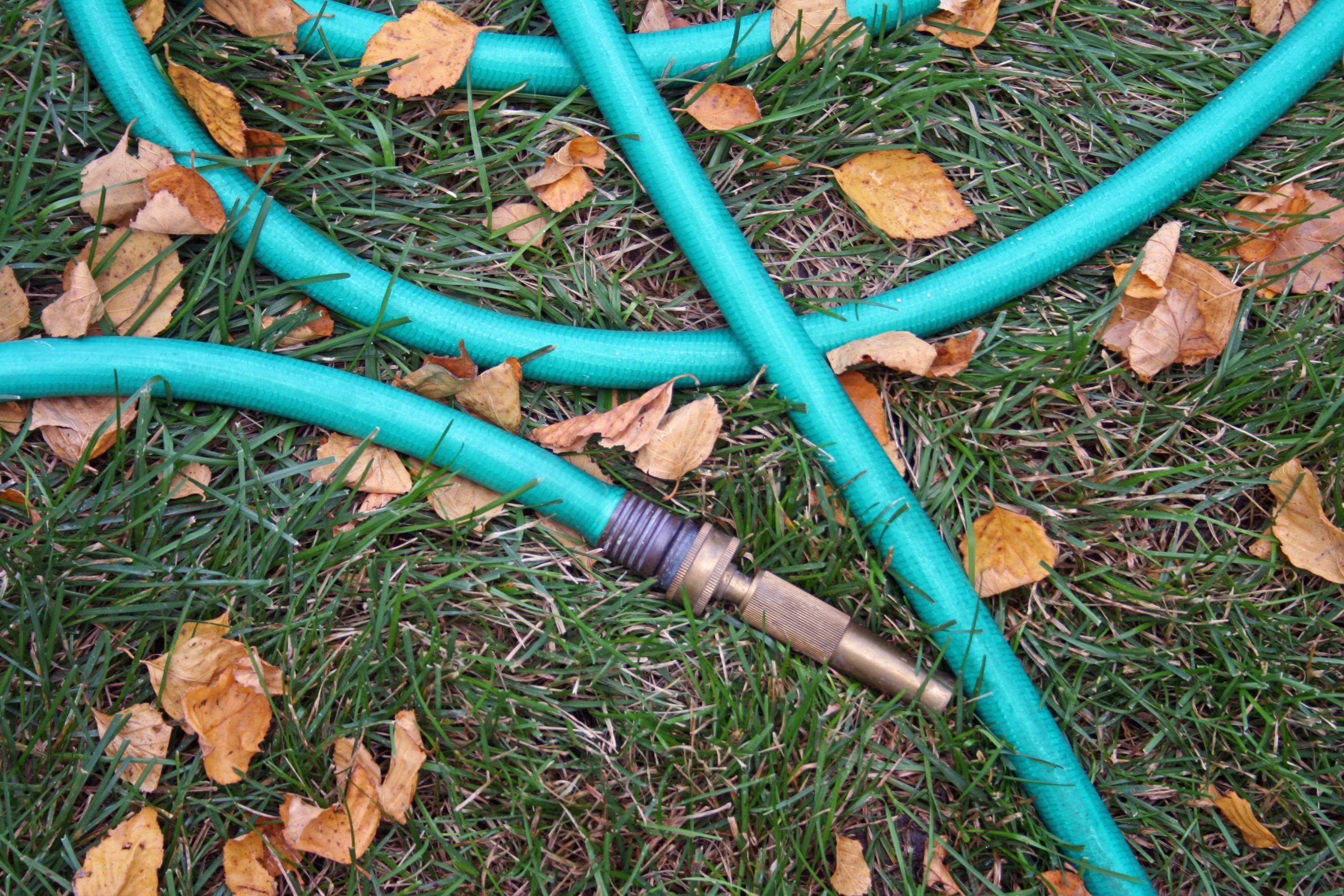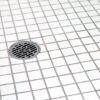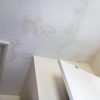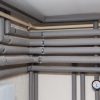Fall Plumbing Checklist: Getting Your Home Ready for Winter

With cooler fall temperatures arriving, now is the time to make sure your home’s plumbing is ready for the cold. Freezing temperatures here in Minnesota can lead to burst pipes, water damage, and a lot of headaches.
A little proactive maintenance now can save you from a major plumbing emergency later. Here is your essential fall plumbing checklist to get your home’s water systems ready for the long winter ahead.
1. Disconnect and Drain Outdoor Faucets and Hoses
This is arguably the most important step for preventing a freeze-up. Even if you have “frost-free” faucets (which are common in newer Minnesota homes), a connected hose can trap water in the line, defeating the frost-free design and leading to a burst pipe inside your wall.
- Disconnect: Remove all garden hoses and attachments from your outdoor faucets.
- Drain: Drain the water from each hose before coiling and storing it in a dry, protected area like your garage or basement.
- Shut Off the Water: Locate the shut-off valve for your outdoor faucets inside your home (it’s often in the basement or utility room) and turn it off. Then, go back outside and open the faucet to allow any remaining water to drain out of the pipe.
2. Test the Sump Pump and Battery Backup
Autumn rains and melting snow can put a serious strain on your sump pump. A non-functioning pump can lead to a flooded basement, which is a homeowner’s worst nightmare. Checking every few months to make sure your sump pump still works can help you avoid a disaster.
- Pour a Bucket of Water: A simple DIY test is to slowly pour a bucket of water into the sump pit. The pump should turn on, expel the water, and then shut off.
- Check the Battery: If you have a battery backup system, you can test it by unplugging your main pump and then pouring water into the sump pit.
- Clean the Pit and Hose: Check for any debris in the pit that could clog the pump’s intake. The discharge hose should be free of any blockages and direct water at least 10 feet away from your home’s foundation.
3. Inspect and Insulate Exposed Pipes
Any pipes in unheated areas of your home, such as a garage, basement, or crawlspace, are at risk of freezing.
- Look for Vulnerable Areas: Take a walk through these areas and look for pipes that run along an exterior wall.
- Add Insulation: Wrap these pipes in foam pipe insulation, which is an inexpensive and easy-to-install product found at any hardware store. This simple step can provide a crucial layer of protection against freezing.
Rely on Robillard
Following this simple checklist can save you from a lot of stress and expensive repairs once the cold weather hits. By taking these few steps, you’ll ensure your home is ready for whatever a Minnesota winter throws at it. But if you ever have questions or need assistance with your home’s plumbing, don’t hesitate to reach out to the experts at Robillard. Whether you have a leak, a burst pipe, or a malfunctioning sump pump, we are here to help all year long.



